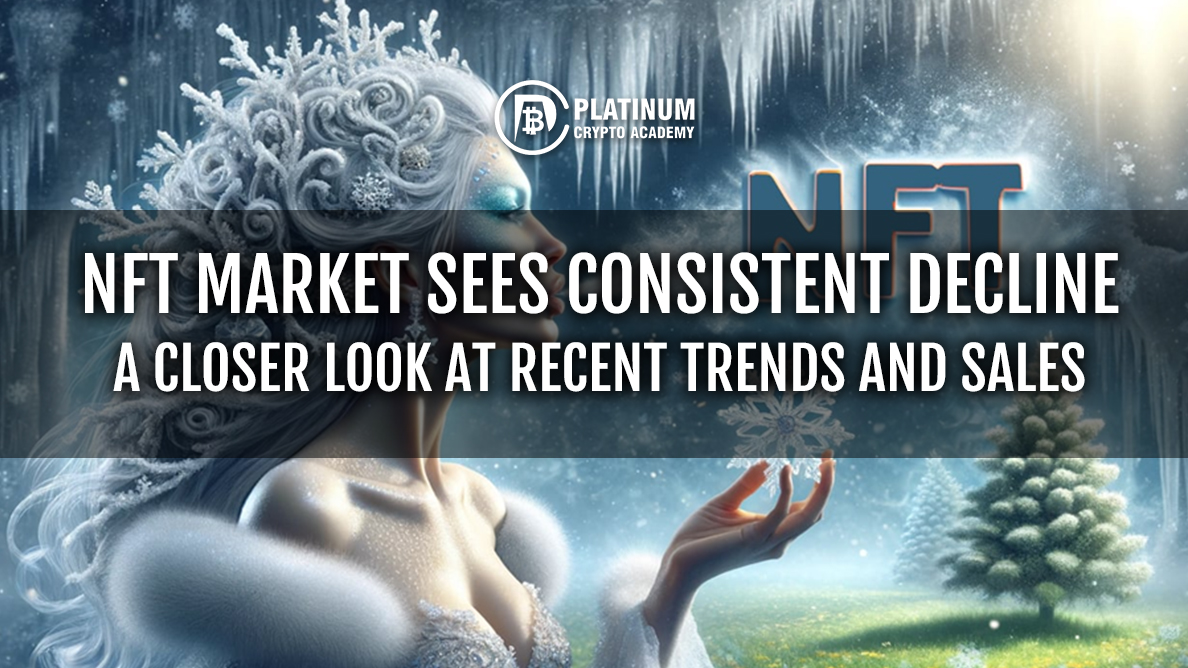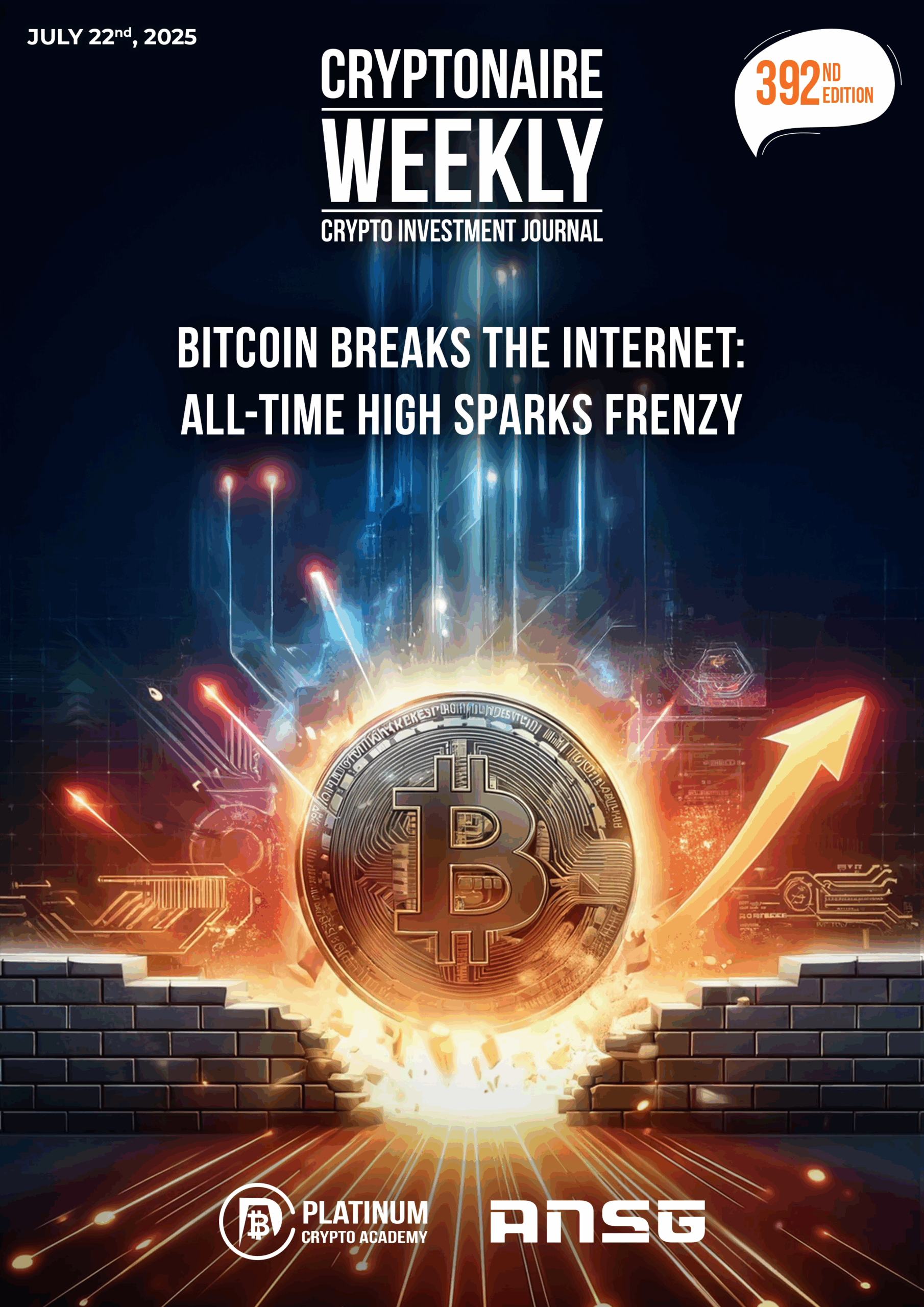The NFT market has experienced a notable downturn in recent weeks. Between May 10 and May 17, non-fungible token (NFT) sales totaled $150.56 million, marking an 8.97% decline from the previous week’s figures. This drop continues a trend of decreasing NFT sales observed over the past few months, with four out of the top five blockchains by sales volume experiencing reductions during this period.
Recent Sales Figures
The NFT market’s downward trajectory has been evident since February. From February 17 to February 24, NFT sales peaked at $306 million. However, despite a rise in cryptocurrency prices in March, NFT sales failed to maintain their momentum, leading to underwhelming figures in April. May has continued this trend, with digital collectible sales dropping by 13% last week, followed by an additional 8.97% decrease this week, bringing the total to $150.56 million.
This recent weekly sales volume represents a significant loss, exceeding half of February’s seven-day record. Ethereum has consistently maintained the second position in weekly sales, while Bitcoin has dominated the market, surpassing Ethereum each week. In the most recent week, Bitcoin led with $48.32 million in NFT sales, despite a 4.42% decline.
Blockchain Sales Performance
- Bitcoin: Bitcoin-centric NFT sales amounted to $48.32 million, marking a 4.42% decline from the previous week. Bitcoin’s dominance in the NFT market has been consistent, but it has not been immune to the overall market downturn.
- Ethereum: Ethereum secured the second spot with $37.6 million in NFT sales, experiencing an 8% decline. Ethereum’s position highlights its continued relevance in the NFT space, though it too has faced decreasing sales.
- Solana: Solana’s NFT sales reached $18.82 million, a significant 26.71% decrease. This substantial drop highlights the volatility and challenges faced by alternative blockchains in maintaining their market share.
- Blast: A newcomer to the top five NFT sales ranks, Blast reported $14.87 million in digital collectible sales, down 25.67% this week. Blast’s entry into the top ranks shows the dynamic nature of the NFT market, though it also faces significant fluctuations.
- Polygon: Polygon claimed the fifth position with $11.95 million in NFT sales, showing a 16.94% increase from the previous week. Polygon’s growth stands out in an otherwise declining market, indicating potential areas of resilience or emerging interest.
Analysis of Top NFT Collections
Despite the overall market decline, specific NFT collections have continued to generate significant sales:
- Uncategorized Ordinals: This collection generated $17.79 million in sales this week, despite a 24.66% decrease. It remains a major player in the NFT market, reflecting strong interest and engagement from collectors.
- Blast’s Fantasy Top: Ranking second with $14.85 million in sales, this collection showcases the growing interest in themed NFT collections, even as the broader market faces challenges.
- Mythos Dmarket: Placing third with $5.8 million in sales, Mythos Dmarket continues to attract attention, highlighting the diverse range of popular NFT collections.
- Bitcoin’s Nodemonkes: This collection achieved $5.58 million in sales, indicating sustained interest in Bitcoin-related NFTs despite the overall market downturn.
- Core BRC20s: With $3.43 million in sales, Core BRC20s rounds out the top five collections, showcasing the variety of successful NFT projects across different platforms.
High-Value NFT Sales
Even amid declining overall sales, certain NFTs have fetched impressive prices, underscoring the continued value and appeal of unique digital assets:
- Cryptopunk #741: The most expensive NFT sold this week, Cryptopunk #741, fetched $792,046. This sale highlights the enduring value of iconic NFT collections like Cryptopunks.
- Ordinal Inscription: The second-highest sale was an Ordinal inscription that sold for $681,497, demonstrating the significant interest in unique and rare digital artifacts.
- Mad Lads #3919: This NFT went for $73,368, reflecting the strong market for high-quality, artistically distinctive NFTs.
- Earthnode #184 from Cardano: Selling for $56,026, this NFT highlights the expanding interest in NFTs across different blockchain platforms.
- Blast Chain NFT: The fifth most expensive NFT from the Blast chain sold for just over $39,000, indicating that new entrants into the NFT space can still achieve notable sales.
Market Correction or Long-Term Trend?
The consistent decline in NFT sales raises questions about whether the market is experiencing a temporary correction or entering a longer-term downtrend. Several factors could be influencing this decline, including market saturation, changes in investor sentiment, and broader economic conditions affecting disposable income and investment behavior.
Resilience and Adaptation
Despite the overall decline, the NFT market continues to show signs of resilience. Platforms like Polygon, which experienced an increase in sales, suggest that there are still opportunities for growth and innovation within the space. Additionally, high-value sales of individual NFTs indicate that there remains a strong appetite for unique and rare digital assets.
The Role of New Entrants
The entry of new blockchains and NFT collections, such as Blast, into the top ranks highlights the dynamic nature of the market. These new entrants can bring fresh perspectives and innovations, potentially driving renewed interest and investment in NFTs.
Looking Ahead
As the NFT market evolves, several factors will be critical in shaping its future trajectory:
- Innovation in NFT Utilities: Expanding the use cases and functionalities of NFTs beyond digital collectibles can attract new users and investors. This includes integrating NFTs into gaming, virtual reality, and other interactive digital experiences.
- Regulatory Environment: Navigating and adapting to the evolving regulatory landscape for digital assets will be crucial for sustaining market growth and protecting investors.
- Market Education: Increasing awareness and understanding of NFTs and their potential benefits can help broaden the user base and encourage more widespread adoption.
Conclusion
The recent decline in NFT sales reflects the challenges and volatility inherent in the rapidly evolving digital asset market. However, the sustained interest in high-value NFTs and the growth of certain platforms indicate that there are still opportunities for innovation and growth. The future of NFTs remains promising, with the potential to revolutionize various aspects of digital interaction and ownership.



